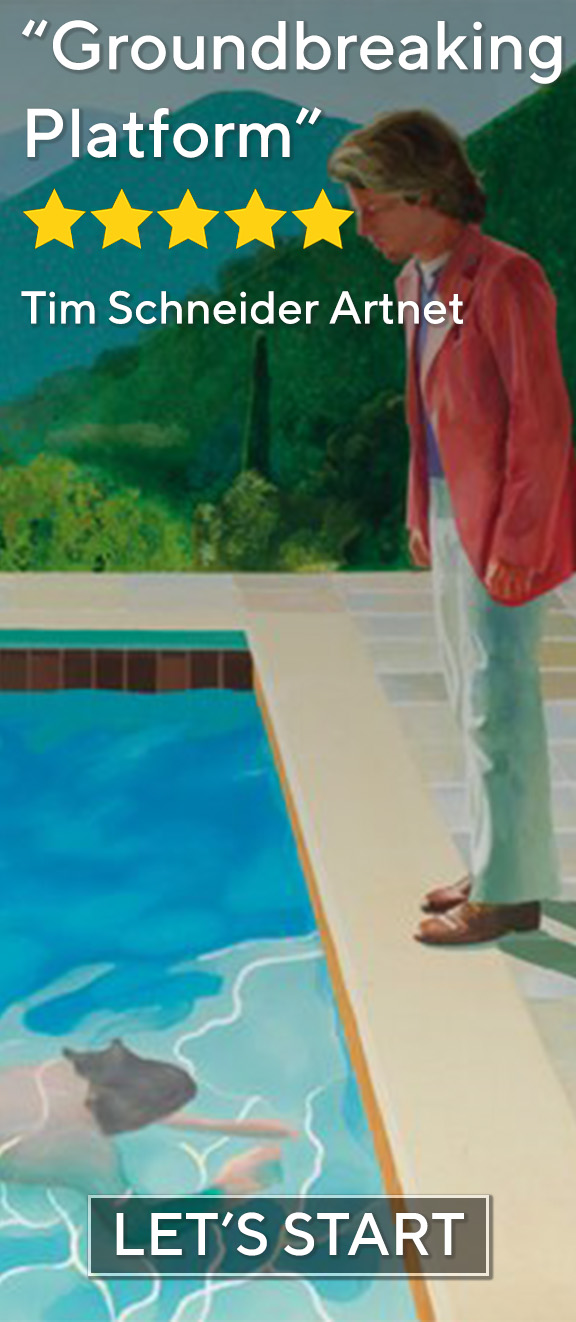

https://www.artspace.com/magazine/interviews_features/in_depth/nostalgia-painting-and-the-end-of-the-world-56260
Today’s shade of nostalgic fulfillment—provisional, capitalist, corrosive to individual memory—subsumes authentic narrative in favor of the big, single story, and digital existence lends that double-consciousness a lasting bite. Welcome to the age of the microgeneration, the closed loop, the alter-modern feedback fuzz of noisy anti-context. Top 40 pop queens like Charlie XCX and Normani actively incorporate 90s and early 2000s aesthetics in their songs and videos, TV swells with evidence of Lassour’s "30-year cycle," and you can’t swing a dead cat without hitting a big-budget movie set in the ‘80s, the same way you couldn’t avoid American Graffiti knock-offs twenty five years ago. In the 17th and 18th centuries, soldiers suffering from the “social disease” of nostalgia, which reads a lot like proto-PTSD, were bullied, leeched, and buried alive by their superiors in an effort to excise their demonic ennui. Such harsh response to wistfulness might seem savage to us now, but if Lasch was right, and nostalgia amounts to little more than memory’s willful “abdication,” medical rhetoric tracks surprisingly well in 2019. This is the end of the future, after all, the moment in which the anthropocene begins un-lacing itself from the promise of progress. We thirst for some simulacrum of stability, the performance of an old normal. In this heavily medicated, terminally fractal landscape, to look back is not to reminisce, but to affirm that life actually happened. The average citizen shifts in perspective from Orpheus to Eurydice on a moment-to-moment basis, and our consumption patterns reflect that vacillation.
It’s difficult to locate any grounding pang for the familiar in contemporary painting, however. The annals of art history are designed to elicit reverie, of course, and anyone who cares about art—makes it, reviews it, collects it—has sought and found comfort in the old masters. There’s something cozy about love before criticism, before context, a coziness that temporarily masks the futility of safe return. Still, in an industry that’s all but allergic to sentiment, these layered signifiers and endless references feel more symptomatic of a cynical postmodern hangover than anything else.
Back in 2014, MoMA debuted a controversial exhibition called “The Forever Now: Contemporary Painting in an Atemporal World,” the accompanying text to which enjoyed greater fanfare than is typical for the average museum show. Lifting the concept of 'atemporality' from science fiction writer William Gibson, MoMA presented work by 17 artists whose paintings reflected a general collapse in timeliness, refusing contemporaneity in lieu of an “ahistorical free-for-all” that gestured not towards innovation, but reinscription. This curatorial directive was widely interpreted as a hail mary for a genre in crisis; if there were no new moves to be made, was painting... over?
Dan Duray also teased at this question for Elle Magazine when reviewing Laura Owens’ 2018 retrospective at the Whitney, remarking that artists like Alex Da Corte, Peter Saul, Korakrit Arunanondchai, Sam McKinniss, and Kerstin Bratsch incorporated 90’s graphic design with similar carte blanche. In other words, something was up. En route to an otherwise positive assessment of the show, Duray noted that, “nostalgia is an intellectual and aesthetic crutch that prevents cultural artifacts from reflecting their own epochs,” later praising this throwback trend for its liberating relationship to ugliness and expansive sense of play. (It’s important to state here that there’s a quantifiable difference between the artistic integration of visual culture and the assumption that new ideas aren’t available; Christina Quarles, for instance, one of the best painters of our generation, deploys the language of Photoshop and Microsoft Paint as a means of parsing her picture planes, but the work doesn’t begin and end with a digital patina; it’s far more human than that). “Atemporality” may operate as an outpost to nostalgia inasmuch as it utilizes the fabric of the past as the foundation of its presentist crazy-quilt, but, despite Duray’s estimation, a hardened center has emerged. This is a pastiche of exhaustion, not of commentary.
Even the market can’t escape the lure of nostalgia, it seems; back in 2018, the Financial Times commented on the recent spate of art fairs highlighting artists from the '60s and '70s, a shift that seemed to indicate not just a callback for more socially impactful fare, but a longing for the kind of clout gallerists could access therein. The bygone “bohemian freedoms” of yesteryear positioned dealers and collectors as arbiters of taste rather than denizens of a ceaseless economic ouroboros, and the former dedication feels far more stylish. Apparently there was a time when even big money felt noble, or at least more proximal to glamour than the current theatre of redundancy to which we’ve grown accustomed.
The most popular painters of the last thirty years have leveraged nostalgia’s associative properties for one of two purposive reasons: resonance or friction. The intimate throb of a John Currin inspires not just allusory sparks, but a concerted kneeling impulse at the altar of the male gaze; the satirical beauty of his paintings resonates with our veneration for the Northern Renaissance, not in spite of it. Kehinde Wiley juxtaposes European decorative traditions with contemporary sitters, usually African American, in order to underscore the systematic exclusion of black bodies from painterly canon. That conterminous hinge of anachronistic incongruity forms the friction of content, imbuing the pieces with the meaning that makes them saleable. Even human corporation Jeff Koons has made his fortune rendering childhood relics in impossibly gaudy, jumbo-sized proportions.
A huge crop of up-and-coming women painters are using the language of Surrealism to talk about embodiment; male painters seem to prefer Ab-Ex or ‘60s California school as in-genre critique. And therein lies the thematic linchpin of nostalgia in contemporary painting—there’s something kind of, well, defensive about it. As genre becomes less important and interdisciplinary practice feels more and more like a market prerequisite, painting has had to find ways to justify its own existence in a rapidly changing visual lexicon. It’s hard for two dimensional work to compete with video or animatronics or performance, much less the new spate of high-powered digital experimentation in the white cube, so painters feel pressured to invoke precedent as a shield against stodginess, which sometimes results in... more stodginess. Painting is an innately Romantic undertaking in the first place, so why not chase the rabbit to its logical conclusion? Perhaps this new deployment of nostalgia isn’t a product of exhaustion then; it’s a symptom of tense, apocalyptic grit. It’s the affect of commentary without the risk, a value-neutral swat against an insurmountable system. Of course, it's easy to sell images that look like images we already know and like, but nostalgia's currency in the current marketplace doesn't amount to some cheap, en masse Disneyfication of luxury objects; instead, it narrates the inevitable fall of the West, perhaps more immediately than any other genre. Nostalgic painting contours the limits of tech, inserts a much-needed caesura into the neoliberal optical onslaught, and slows the fury of millennial perspective. Weapon and armor, cushion and engine, nostalgia is here to stay, whether we like or not.










